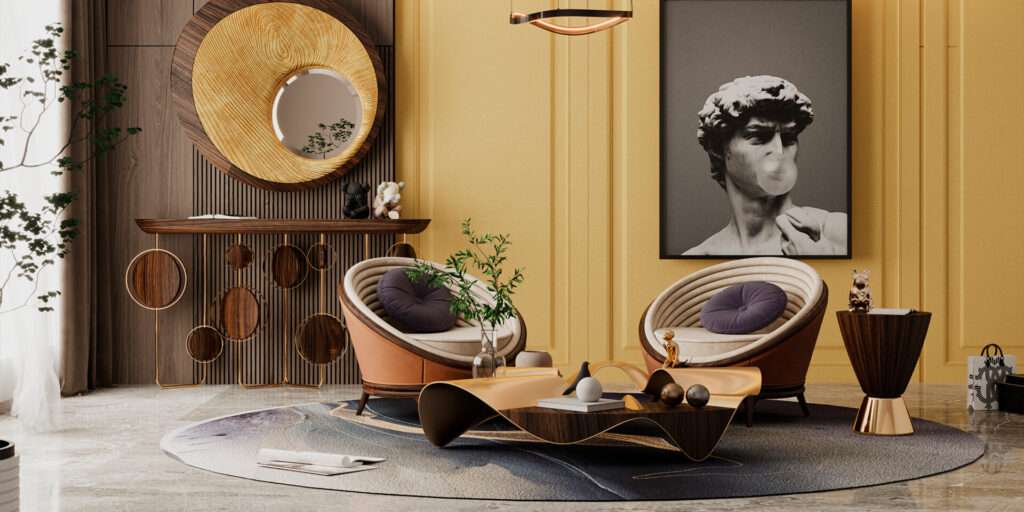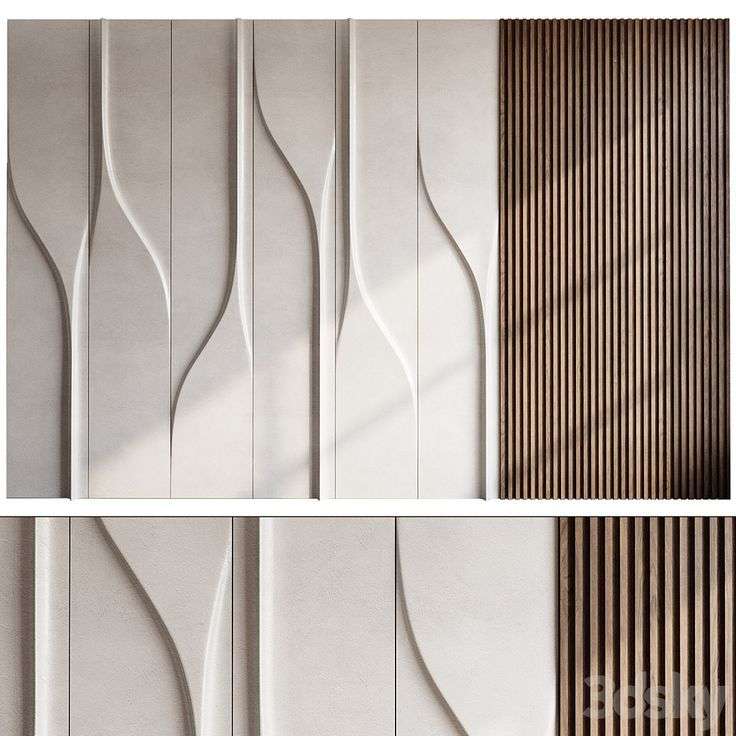Interior design is not just about creating a visually appealing space; it’s a reflection of culture, history, and personal identity. Cultural heritage plays a significant role in shaping the aesthetics of our homes, influencing everything from color choices and furniture styles to the materials used and the overall mood of a space. Whether consciously or subconsciously, the design of a home can reflect the values, traditions, and history of a particular culture or region. In this blog, we explore how cultural heritage impacts interior aesthetics and the ways in which it has shaped interior design across different cultures.

The Role of Cultural Heritage in Interior Design
Cultural heritage encompasses the traditions, beliefs, customs, and practices passed down from generation to generation. These elements have an intrinsic connection to the way people live, and they directly influence the design choices made in homes and public spaces. From the choice of colors to the selection of furniture, the impact of cultural heritage on interior design is visible across the world in various forms.
Cultural heritage informs how a space is used, the materials that are available, and the symbolic meanings behind design elements. For example, traditional Japanese interiors focus on simplicity and natural materials, emphasizing functionality and harmony with nature. In contrast, Mediterranean interiors often embrace warmth, color, and rustic charm, reflecting the region’s relaxed lifestyle and connection to the sun and sea.
Influences on Interior Aesthetics: Color, Materials, and Symbols
- Color Palettes: Colors have significant cultural meanings, and they often play an important role in interior design. In many Asian cultures, colors like red and gold are associated with prosperity, happiness, and good fortune. In contrast, Scandinavian design often uses neutral tones, whites, and grays to reflect the minimalist and serene lifestyle that is central to Nordic culture.
- Materials and Craftsmanship: Cultural heritage also influences the materials used in interior design. In Mediterranean countries, terracotta tiles, wrought iron, and wood are often used in interiors, reflecting the region’s history of artisanal craftsmanship and connection to the earth. In contrast, in Japanese interiors, bamboo, rice paper, and wood are common materials that connect to nature and the importance of simplicity in design.
- Symbolism in Decor: Many cultures incorporate symbolic items in their interior design. In African interiors, textiles such as colorful woven baskets, beadwork, and tribal masks may be used as decor, each piece representing a specific cultural meaning or story. In Islamic interiors, intricate tile work, calligraphy, and geometric patterns are used to create a sense of balance and spirituality.
Cultural Heritage in Regional Design Styles
Different regions around the world have developed unique interior design styles based on their cultural heritage, reflecting local traditions, climate, and history.
- Japanese Zen Design: The concept of “wabi-sabi,” the appreciation of imperfection, is central to Japanese interior design. Homes are designed to be calm, minimalist, and in tune with nature. Tatami mats, sliding paper doors (shoji), and low wooden furniture all reflect the cultural emphasis on simplicity, humility, and connection with the natural world.
- Moroccan Interiors: Moroccan design is known for its rich colors, intricate patterns, and luxurious textures. The use of mosaic tiles, low seating, and vibrant textiles reflects the region’s cultural diversity, history, and trade routes. Moroccan interiors blend Arab, Berber, and Mediterranean influences, creating spaces that are both exotic and functional.
- Scandinavian Design: The minimalist aesthetic of Scandinavian interiors is rooted in the cultural emphasis on simplicity, functionality, and connection to nature. Natural light, neutral tones, and clean lines are common in Scandinavian design, which is influenced by the region’s long winters and the importance of creating warm, inviting spaces.
- Indian Interiors: Indian interior design is heavily influenced by its rich cultural history, which spans thousands of years. Vibrant colors, intricate patterns, and textiles such as silk and cotton are commonly used in Indian homes. Traditional furniture, hand-carved wooden pieces, and decorative objects such as brass lamps or marble statues create a space that feels both welcoming and spiritual.
- Mexican Interiors: Mexican interior design reflects the country’s vibrant culture, with bold colors, handcrafted furniture, and rustic decor. The use of terracotta, colorful ceramics, and woven textiles connects the home to the earth and tradition. Mexican interiors often feature elements of nature, such as indoor plants and wooden accents, which create a warm, inviting atmosphere.
The Fusion of Heritage and Modern Design
While cultural heritage continues to shape interior aesthetics, modern design trends have led to a fusion of traditional and contemporary elements. Many homeowners today are incorporating cultural influences into their spaces in creative and unique ways, blending traditional craftsmanship with modern aesthetics.
- Contemporary with a Cultural Twist: Today, it’s not uncommon to see modern interiors that incorporate cultural heritage elements, such as African art or Asian-inspired furniture, alongside minimalist, contemporary design. This fusion allows for a more personalized and globally influenced aesthetic that connects the past with the present.
- Sustainable Design: Many cultures have long practiced sustainable design techniques, such as the use of natural materials, efficient use of space, and an emphasis on craftsmanship. Today’s focus on sustainability has led many homeowners to embrace these time-tested traditions, incorporating eco-friendly materials and practices into their interiors.
- Globalization of Design: As cultures intermingle through travel, trade, and media, interior design styles have become more eclectic. Designers are now drawing inspiration from a wide variety of cultural heritage sources, resulting in a globalized approach to interior design that celebrates diversity and individuality.



